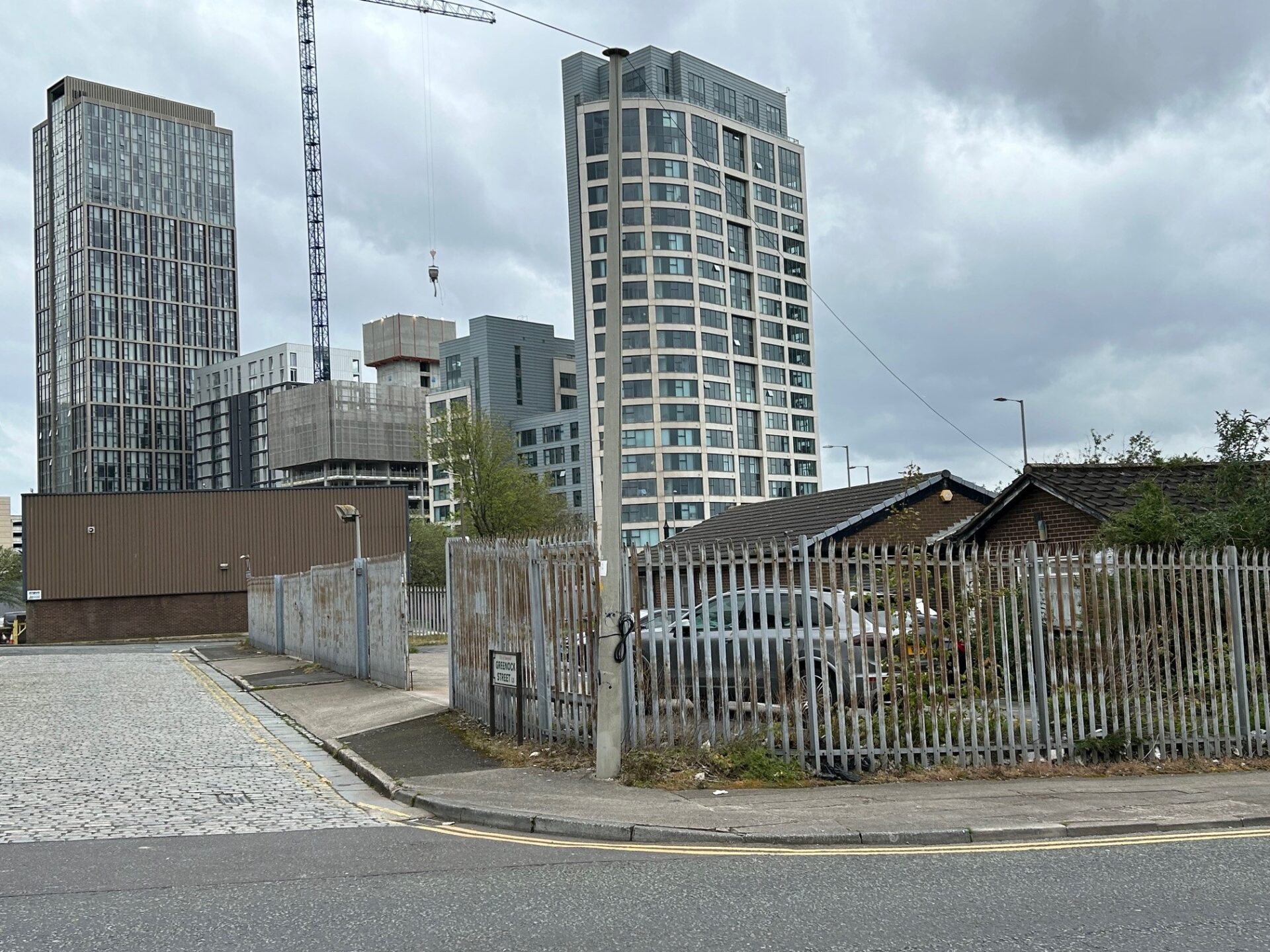H1: Busting office-to-resi myths
 Dan Mitchell, partner at Barton Willmore, tackles four of the myths about the Government's new permitted development planning rules that will allow offices to be converted into homes.
Dan Mitchell, partner at Barton Willmore, tackles four of the myths about the Government's new permitted development planning rules that will allow offices to be converted into homes.
The Government's recently introduced changes to the Use Class Order allow for offices to be changed into dwellings (Use Class B1a to C3) as "permitted development". The aim is to boost the delivery of housing and to remove planning 'red tape' for those offices which are struggling to be let, so that they can be used for homes. Whilst the usual caveats apply, including a three year window, is this tinkering to create political headlines or a radical solution to our national housing crisis?
If you listened to local councils and read every property magazine you'd think there was panic on the streets of Bolton, Bury and Stockport about how unscrupulous developers are going to use new Government planning rules to turn all of our most prestigious office space into upmarket flats, leaving precious employment space thin on the ground. There was a rush of applications from hundreds of local authorities for exclusion to the rules, but only 17 areas across the country, including Manchester city centre's main retail and commercial districts, have been granted an exemption to the rules.
Here are four of the most commonly held views about the changes – and why they're wrong:
Every empty office is immediately going to be turned into housing
You can change the use, but it doesn't automatically mean a building is suitable for in the kind of homes that people want to live in.
Also listed buildings, such as the Royal Liver Building or Manchester's Ship Canal House, are excluded, while for others it could be hard to demonstrate there would be no impact on other planning considerations such as the highway impact, so that could be out too.
External changes such as new entrances or car parking arrangements would need new planning permission too, because who would be keen to buy a flat without any dedicated parking? So while permitted development might speed up the process a little, it's not half as much as some would have you believe.
Big offices are the target
Councils quite rightly fear that prized grade A employment space in core business districtssuch as Manchester City Centre could be at risk. But it isn't always easy, or even commercially viable, to convert large buildings into residential. Besides which, do you really want to live in a 1960s style office block?
With national and local government finances continuing to be squeezed, and more than 12% of the Government's entire property estate in the North West, we may see the public sector itself taking advantage of permitted development rights. Empty space in publicly owned buildings makes up almost 4% of all vacant space in the region. Perhaps even buildings like Manchester's Piccadilly Gate, which the North West Development Agency spent £27m refurbishing, would have been candidates for conversion to homes if the same rules had been in forced when its redevelopment was first raised.
Perhaps the greatest potential of such rights lies in suburban and even rural locations, where the new rules may enable the conversion back to residential of those offices that occupy larger properties. Think of the small accountancy and solicitors' offices that occupy large former houses converted previously into offices.
It's going to ruin the North West's town centres
No it isn't. You could find the ideal building but it's got to be in the kind of place where people want to live. Many of our town and city centres are already suffering from a surfeit of apartments anyway. Why would a developer risk increased costs and investment in markets that are already saturated?
Where permitted development rights could make a difference is in the empty offices in smart towns and suburban areas like Didsbury, Wilmslow and Alderley Edge. It's old offices in places like this, surrounded by residential but with little employment value, that are the most likely targets for conversion, if of course the viability assessments stack up.
It's going to deliver a lot of desperately needed new housing stock
There are opportunities, but they will be much more limited than many people feared. In six months' time most local authorities will have forgotten about the furore, and those office conversions that do make it across the finishing line are likely to be actively welcomed. Clients have not been knocking down our door with applications to turn offices into homes – this move is not going to unleash a wave of pent-up demand.
Where it could make a difference is around the fringes of Manchester's exemption zone. We recently worked on a scheme to convert a four-storey office block into homes on the boundary of the zone. The city council was reluctant to grant permission until we pointed out that it sits outside the exemption zone so we could consider going down the permitted development rights route. That alone was enough to change their mind.
There are opportunities out there, and Barton Willmore is working with a number of clients to assess and identify them, but the fact is, they are few and far between.




